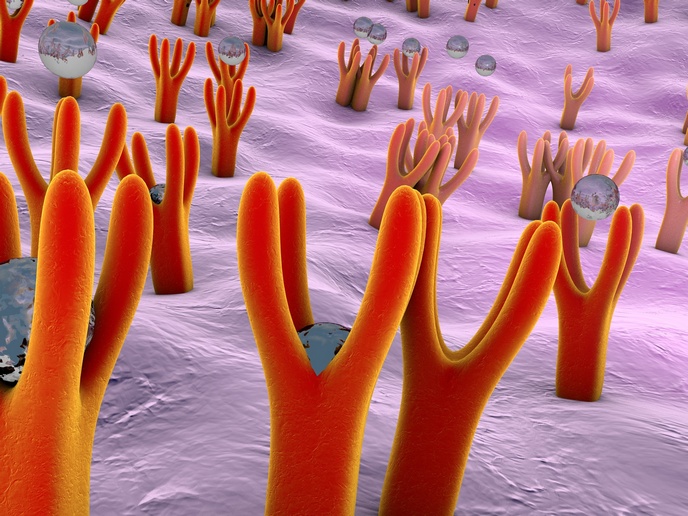Advancing liver tissue study and engineering
As advances are made in tissue engineering, there is a need for better materials so as to increase the validity and efficacy of in vitro studies. To this end, new polymeric biomaterials are needed that can activate specific cellular responses at a molecular level. These include activating signalling pathways that regulate genes involved in the regulation, growth and functional regeneration of liver tissue. A polymeric biomaterial is a construct that allows for interaction with biological systems. The 'Development of new polymeric biomaterials for in vitro and in vivo liver reconstruction' (Livebiomat) project aimed to progress the manufacture of biodegradable biomaterials for controlling liver cell responses in in vitro and in vivo systems. Isolated hepatocytes, the liver's main functional cells, cannot continue their known functions for a prolonged period of time. Thus, researchers are interested in maintaining competent hepatocytes in vitro so they can be studied in a controlled environment. The project partners accomplished major achievements in this direction. New hollow fibre (HF) membranes were designed and synthesised. The project's new PEEK-WC HF membranes provided the means for reconstructing a liver tissue model in vitro as well as in vivo. This is important for gaining a better understanding of the mechanisms involved in growth and differentiation as well as for studying the part played in liver physiology and pathology. A bioreactor with a gas-permeable membrane (PTFE) at the bottom was built to retain liver-specific functions in hepatocyte cultures, so researchers could investigate their morphological and functional behaviours. The construction proved suitable for studying various drugs as well as screening new compounds. Other project partners were successful in designing and preparing three self-assembling peptide constructions, with all the necessary instructions for retaining hepatocyte function intact. This helped Livebiomat researchers study the characteristics of their nanostructure. In other achievements, protocols were established for isolating and freezing human liver cells. This is particularly important considering the limited availability of human livers. Work in this area showed that cryopreservation does not adversely affect the functions of biotransformation, detoxification or protein synthesis in the liver.







